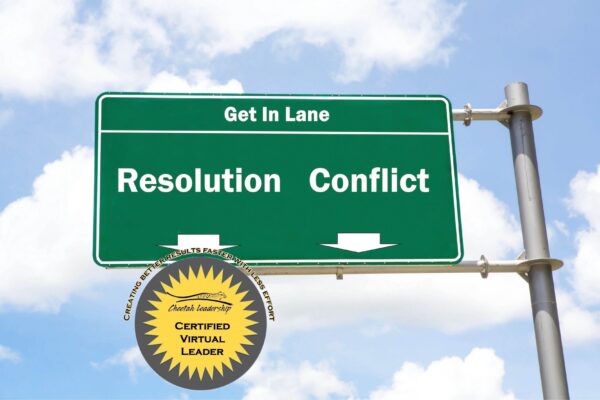Reducing the Drama of Conflict with Direct Low Key Engagement
 One of the benefits of teaching people how to use accelerated learning to pass the PMP exam quickly – I get reminded of good project management practices on a routine basis. A technique a good PM does to resolve conflicts employs direct low-key engagement. A way to do this is to ask questions – of the non accusatory and information gathering sort.
One of the benefits of teaching people how to use accelerated learning to pass the PMP exam quickly – I get reminded of good project management practices on a routine basis. A technique a good PM does to resolve conflicts employs direct low-key engagement. A way to do this is to ask questions – of the non accusatory and information gathering sort.
The key with the question asking approach is to genuinely give the other person the benefit of the doubt. Granted, it may take some major zen mind control to be this kind of person. To stay calm, I recognize one of my core values is to extend kindness and respect to everyone and to take the high road regardless of what someone did (or did not) do. Four obstacles to taking the high road are being self-righteous, feeling entitled, being needy, or playing the victim. Staying away from these four obstacles helps me come from a place of genuine curiosity and authenticity when asking questions.
Here are several ways to ask questions that can generate more clarity to get to the core of an issue:
- The opening question – Can I ask you a question? This gets permission to engage with others. Also, it sets the stage to get answers to questions.
- Ask the “Columbo” questions – Columbo was a detective in a 1970s crime drama. He came across as harmless and his questioning tactics made him look like a bumbling moron so people disclosed more details, often helping to resolve the issue with their answers. People often don’t want to implicate themselves – especially when they may have lied about having done something they did not do but claimed to have done. For example, I once had a PM on a building project who had become like a randomly visiting ghost – sometimes there, sometimes not. He told me, “The “rough-in” was inspected and complete so the sheetrock team could start.” When I got to the job site mid-way through sheetrock, I discovered none of the vents (dryers, stove exhaust fans, bathroom fans) had been extended to the outside. Not only had the PM “missed” this, but their friend the building inspector had “missed” this as well. Why and how they missed this was beyond me (if they were checking in on the project). It was a small community and I needed to preserve both relationships (but minimize the risks). So I asked a simple question – “When do the vent hoses to the outside get attached to these fans?” That was it – I did not add in all my other projects we put the vent hoses in BEFORE sheet rock.
- Ask questions to clarify the process – while you may already know the process, the point of this question is to find out if the other person may have gaps in their insight for steps in the process or have a different process. This is also what the above question was doing “When do the vent hoses get attached?” is a process clarifying question. I knew the answer to what was standard as I have done many building projects. But the folks overseeing this project either missed this, had a different process, or didn’t do the process.
- Get more clarification – “What am I missing here?” Give the other person a chance to tell you what they think you are missing. As we are all blind to the obvious at one time or another. Be genuinely curious – you could be the one missing something obvious.
- The “one last question” – Is there anything else I need to know? After being asked multiple questions, most folks want to get away from the probing questions. This question often gets to the heart of the matter to resolve a challenge. It preserves anothers humanity giving space for uncomfortable disclosures.
I find with the direct low key engagement approach, I am the biggest benefactor as it preserves my peace of mind. Having an easy to remember script of questions keeps me in the no drama zone, staying calm, admist their storm.
Michelle LaBrosse, PMP, CVL, CAC, PMI-ACP, RYT
Chief Cheetah, www.cheetahlearning.com
Find out more about becoming a Certified Virtual Leader





“The first thing my boss said when I told him I was interested in getting my PMP certification was that if I was going to do it, he’d heard Cheetah Learning was the best.”